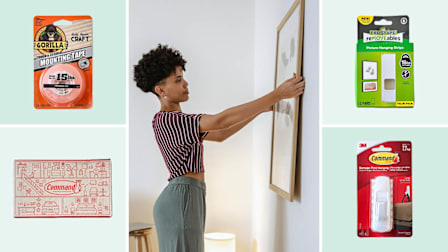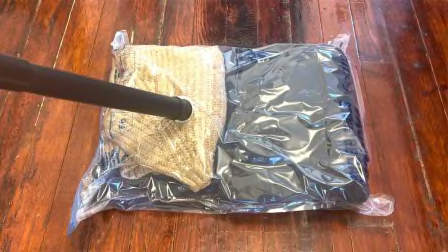Why You Should Do a Home Inventory Now
It can help you save a lot of money after a disaster

Creating a home inventory takes just a few hours, but the benefits are long-lasting—and could save you money and heartache.
In the event of a fire, wind storm, burglary, or other unexpected event, having a list or a visual reminder of your belongings can make a big difference in how much your homeowners insurance will pay, and thus how well you’ll recover financially. Without a record of your belongings, remembering what you’ve lost can be a challenge anytime, let alone during a time of trauma.
The other benefits of making a home inventory? For one, you may find things you thought were missing. And you may identify items you can throw out. With the space those discards leave, you may be able to better rearrange what’s left. How’s that for a bonus?
How to Get Started
Creating a home inventory doesn’t have to be difficult. It can even be as simple as standing in the middle of each room and taking a 360-degree video with your smartphone and emailing it to yourself or uploading it to the cloud.
To start, focus first on the big and valuable: major appliances, jewelry, furniture, rugs, electronics, and art or collectibles.
Using Apps for the Job
You can also take advantage of a free or paid smartphone-based home inventory app. For instance, the simple—and free—NAIC Home Inventory app, for Android and iOS, lets you categorize photos and videos of your belongings, and features a barcode scanner to upload product information from appliances, electronics, and other purchases. You can then export your lists to a CSV or PDF file. The app, sponsored by National Association of Insurance Commissioners, collects none of your personal information.
That’s an important distinction to make among home inventory apps. You’re using them to catalog your material possessions, so think carefully about how much of that information you want shared electronically. Before using an app, check its privacy policy in its Google Play or Apple App store description. The free Encircle app, for example, says in its privacy policy that it may use electronic cookies to "deliver targeted content specific to your interest using ad platforms such as AdRoll, Facebook, LinkedIn, HubSpot." You can opt out of those cookies, but then you may not be able to use all aspects of the service.
If you’d rather keep your inventory information off the cloud, you can download this home inventory spreadsheet from United Policyholders, a not-for-profit insurance advocacy group (Microsoft Excel required). Fill it out electronically and store it electronically, or print it out and save it with your other valuable papers. And for traditionalists, State Farm offers a printable home inventory checklist (PDF) that you can print and fill out by hand.




















